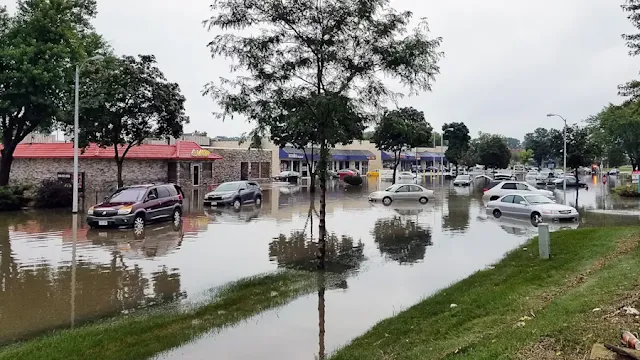What Happens When Your Home Insurance Company Files for Bankruptcy?
Home insurance companies can go out of business for various reasons. Whether an insurance company is acquired by a competitor, mismanages its finances, or faces an overwhelming number of claims leading to bankruptcy, going out of business is always a possibility. This situation has become increasingly common in states at high risk of severe weather, including California, Texas, Florida, and Louisiana, where billions of dollars in claims have caused several companies to go under. In Florida alone, many home insurance companies went bankrupt over the last two years.
Home Insurance Company Insolvency
If your home insurance company can't afford to pay its claims or other debts, it is considered insolvent. This doesn't necessarily mean the company will go out of business. An insurance company can use reinsurance coverage, also known as stop-loss insurance, to continue paying claims even if it lacks the funds. Reinsurance is essentially insurance for your insurance company. Insolvency is an issue a company can resolve over time and doesn't affect its legal status or ability to operate. However, an insolvent company may decide that declaring bankruptcy is the best solution to its financial problems.
Home Insurance Company Goes Bankrupt
An insolvent insurance company may choose to declare bankruptcy, legally acknowledging its inability to pay its debts. Bankruptcy is often, but not always, the initial step toward completely shutting down a company, which likely means customers will need to find a new home insurance provider.
It's crucial to understand the financial stability of your insurer. Credit rating agencies like AM Best, Moody’s, and Standard and Poor’s review the finances of insurance companies across the country and rate them based on their ability to pay claims and other outstanding debts. Checking an insurance company’s financial strength ratings before purchasing coverage can help you feel secure and confident that claims will be paid in the future or provide a warning that an insurance company might be on the edge of insolvency.
What Happens to Claims When an Insurance Company Goes Out of Business?
If your insurance company goes bankrupt and isn’t able to pay out its claims, state insurance regulators will attempt to transfer active policies to other insurance companies. In a worst-case scenario, they will pay out claims through the state's central guaranty fund. Much like the FDIC guarantee that protects bank customers, your state's guaranty association steps in to pay claims if an insurance company goes out of business.
If you decide to switch insurance companies, make sure not to cancel your current policy until you have a new policy in place to prevent a gap in coverage.
What happens after your insurance company goes bust depends on the reasons behind their closure. Mergers and acquisitions are common in the insurance industry, so it’s not unusual for one company to be purchased by another.
Lapse in Homeowners Insurance
A lapse in your coverage means you are without insurance. Whether the lapse lasts for days or weeks, the risk is the same; if something happens during the lapse period, you will not have any financial protection from homeowners insurance and will have to pay the expenses and losses out of pocket.
What Happens to a Mortgage If Homeowners Insurance Is Cancelled?
Failing to maintain homeowners insurance can breach your mortgage terms, resulting in penalties, mortgage recall, and potential financial challenges. Without coverage, lenders may impose lender-placed or force-placed insurance, which is a costly alternative to standard home insurance policies.
Understanding what happens when your home insurance company goes bankrupt and knowing your options can help you navigate this challenging situation and ensure that your home and finances remain protected.










